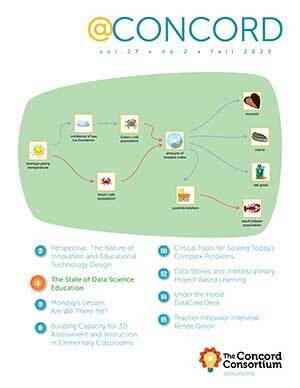From Museum to After School: Tracking Learning Across Boundaries
Museums provide distinctive STEM learning opportunities in our everyday lives, and make STEM learning possible in a way unmatched by other facets of society. Museum experiences elicit emotional and sensory responses that resonate for years, provide access to phenomena on inspirational scales and enable personalized experiences with a freedom unequalled by many other learning settings. They also offer learning opportunities to a huge diversity of learners and social groups who visit from a wide range of settings including homes, after school programs and schools.
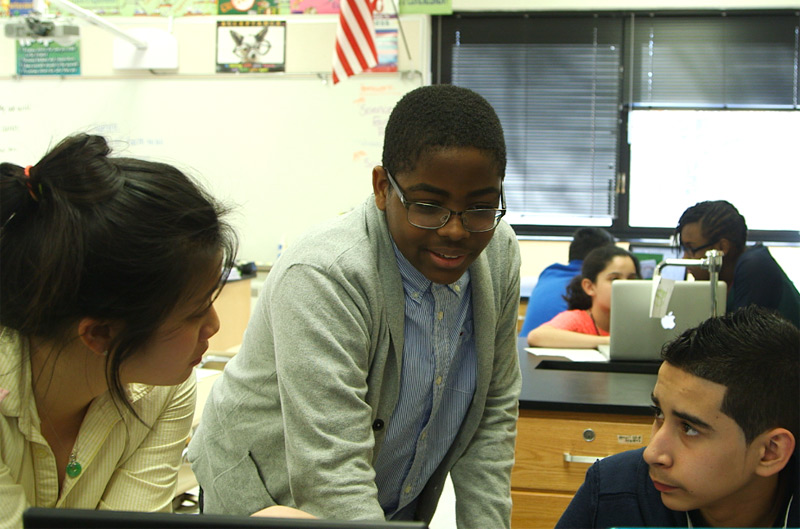
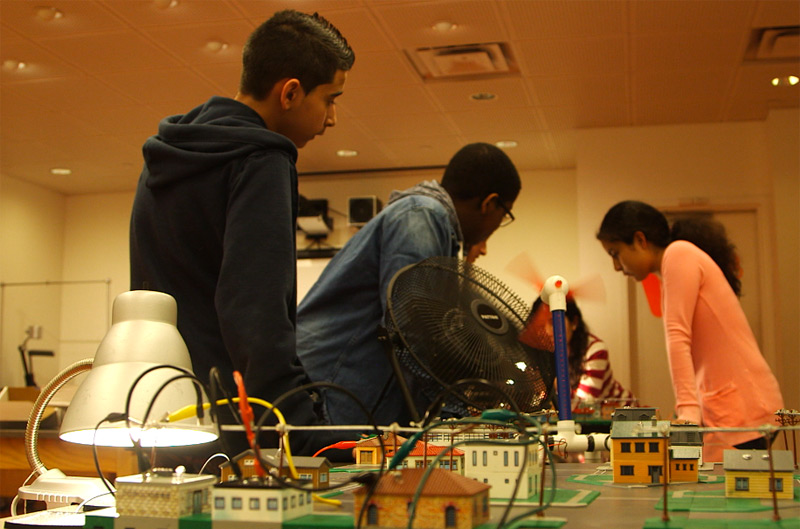
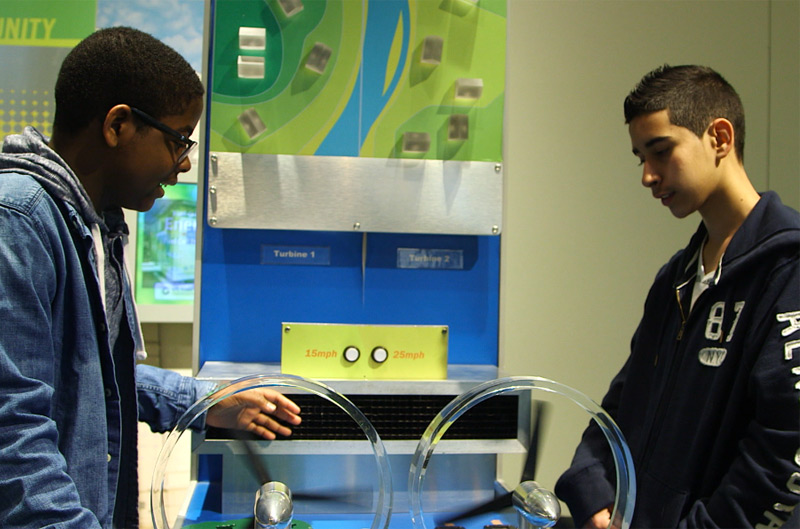
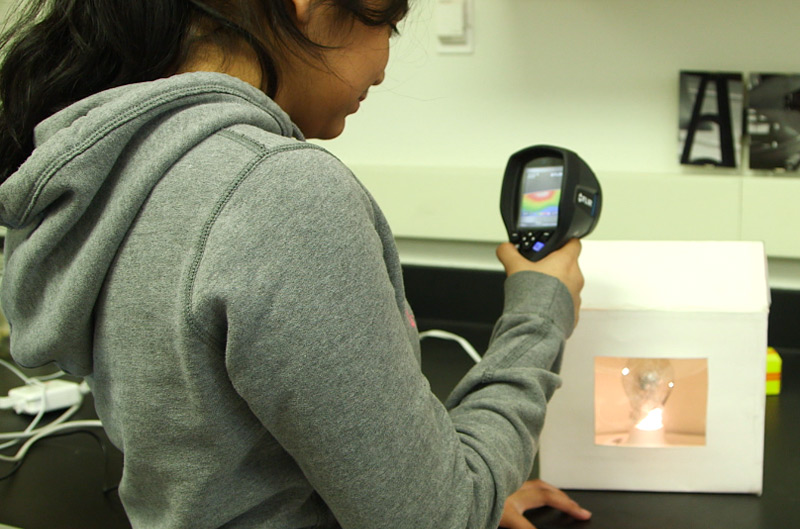

Learning experiences today transcend many former boundaries, and learners are beginning to expect this. Children can now engage with many STEM experiences— Minecraft, LEGO robotics, Scratch programming and more—almost interchangeably in school, after school, at home and in museums. The wide availability of tablets and smartphones and the proliferation of bring-your-own-device policies in schools only accelerate this trend. Children can now have the same access to learning wherever they are.
However, though society has changed, museums have not adapted sufficiently. The museum experience remains fragmented, and museum visits primarily still provide solitary learning opportunities. As a result, they suffer from the “Vegas problem”: what happens in the museum stays in the museum. Rarely do museum experiences connect with opportunities outside the museum walls, and when they do, they typically bridge to activities that are only tangentially related to the original museum experience. Further, gaining any rich understanding of related learning that takes place following a museum visit has been practically impossible.
Learning everywhere
Stunning advances in technology now link experiences across boundaries. Within our daily lives, we take for granted that we can read and listen to an e-book across devices without missing a beat or easily transfer a phone call to a car’s audio system. Technology’s wide availability can—and should—permit the same type of seamless transfer for learning experiences, bringing them smoothly out of museums into different settings.
The Concord Consortium’s new Learning Everywhere initiative aims to do precisely that. The initiative combines multiple institutions in a transatlantic collaboration with the goal of extending, tracking and closely examining learning across settings. In a collaboration with leading museums including the Tech Museum of Innovation, the New York Hall of Science, the @Bristol science center in the United Kingdom, the Exploradome in France, and after school programs including the Carver Center of Norwalk, Connecticut, our Learning Everywhere initiative will develop exhibits and mobile learning experiences that provide trackable, closely coordinated learning opportunities. Our initial development focuses on the crucial topic of energy within the context of renewable energy, energy efficiency and the use of natural resources. Activities and exhibits will also involve design challenges, enabling extended experiences that adapt flexibly to different learning settings.
We are currently prototyping and testing a wide variety of hands-on and virtual activities using our powerful open source software. For example, learners will use our Energy2D simulation software to examine the principles of heat transfer and build energy-efficient houses with our simple but powerful computer-aided design environment, Energy3D. In one challenge, learners construct and power virtual villages, testing the energy efficiency of different configurations while striving to develop a “zero-energy village,” which generates as much energy as it consumes.
We are also exploring additional ways to enhance both the museum experience and virtual experiences to maximize engagement. Interactions between real-world constructions and virtual simulations allow museum-goers to get a hands-on feel for how different building features affect the flow of heat energy within them, or project enhanced information about a model village as a visitor constructs it on a table. Multi-player features permit learners to create virtual villages that provide power to their friends’ villages or form part of a virtual power grid they are challenged to help manage. Importing and sharing features allow learners to design houses using Energy3D and bring them into a virtual village or enable them to share their designs for other museum-goers to modify or optimize.
Tracking and logging
Two technological advances redefine our ability to understand museum experiences and their related learning. First, new technologies increasingly deployed in museums around the country can track learners within a museum, providing detailed views into a visitor’s activities as she interacts with museum exhibits. In the Tech Museum of Innovation in San Jose, California, a museum-wide system of Tech Tags allows visitors to scan in at exhibits and afterwards access personalized content online from their visit. The next generation of this system, currently in development, will follow users throughout the museum, dynamically modifying exhibits to tailor them to a visitor’s history and preferences and suggesting new activities on future visits.
The second advance concerns our ability to track and log a learner’s interactions with technology-based activities and analyze these interactions through educational analytics and data mining techniques. These techniques, which continue to advance, provide new, highly detailed information about interaction patterns that can be powerful proxies for engagement and processes such as inquiry or design. (See “Visualizing Student Learning” on page 4.)
With this combination of in-museum tracking and technology-based activities that can move with learners outside the museum, we now have the ability to develop an unprecedented, full-spectrum picture of learning as it occurs across boundaries. Our understanding of this learning today is extremely limited, so answering even basic questions such as how and when activities are used in different settings—from the museum to the home, after school and school settings—could add significantly to understanding how learning unfolds following museum visits. Answering more detailed questions such as how activity use and learning in these settings correlate with different visitor variables (age or gender), museum engagement (time spent at exhibits, depth of interaction, number of return visits), or type of visit (school field trip, family visit) and especially how these are associated with logged interactions outside the museum could provide new perspectives on learning that have previously been hidden to even the best research on informal science learning.
Attaining this goal will take time and ingenuity. Activities, software, data collection and research techniques must be developed and integrated in an iterative fashion if we are to enhance museum experiences meaningfully and understand learning in a nuanced manner. Thanks to a generous matching grant from the William K. Bowes, Jr. Foundation, we are embarking on this important, international initiative to explore these questions. Rather than being limited to single experiences within museum walls or fragmented across diverse settings, we believe these experiences should be seamless and ubiquitous, and should contribute to learning that is coordinated, cohesive and continuous. As we create examples of these seamless experiences across a variety of topics, we gain new insights into educational connections that pave the way for true anytime, anywhere learning.
Chad Dorsey (cdorsey@concord.org) is President of the Concord Consortium.
This material is based upon work supported by the William K. Bowes, Jr. Foundation. Any opinions, findings, and conclusions or recommendations expressed in this material are those of the author(s) and do not necessarily reflect the views of the William K. Bowes, Jr. Foundation.

